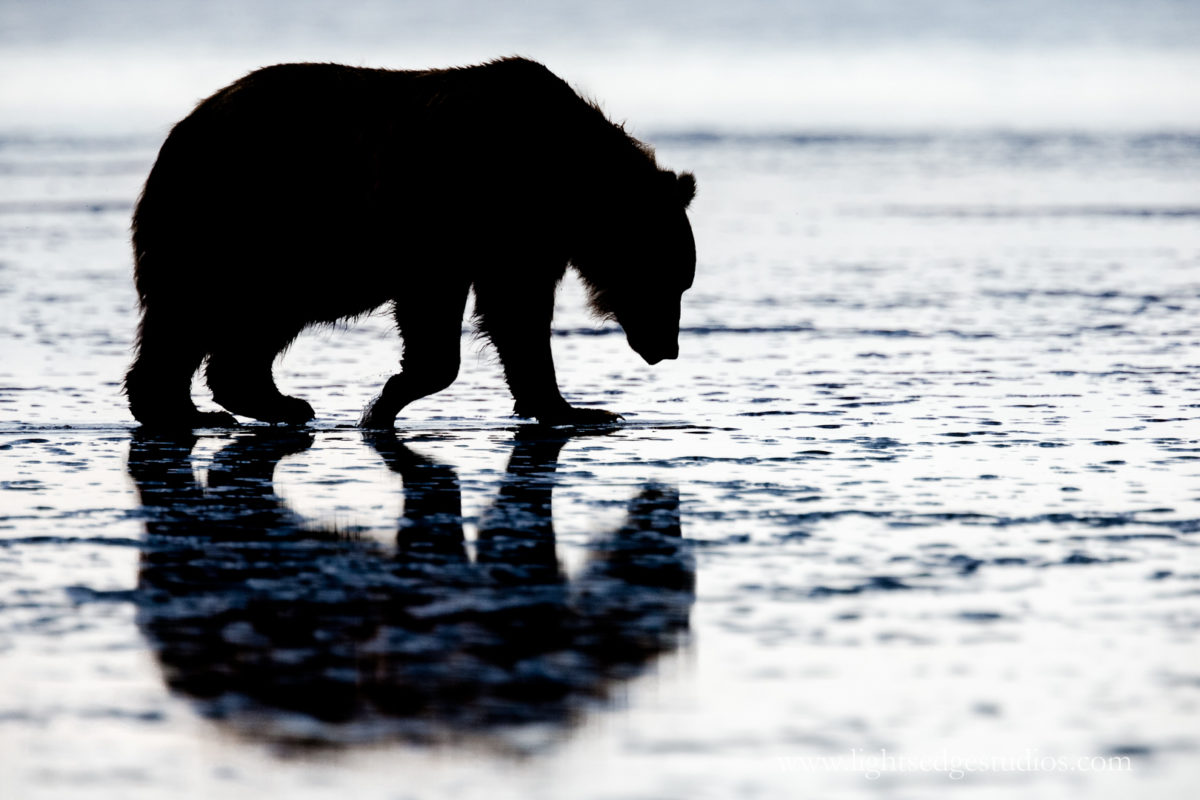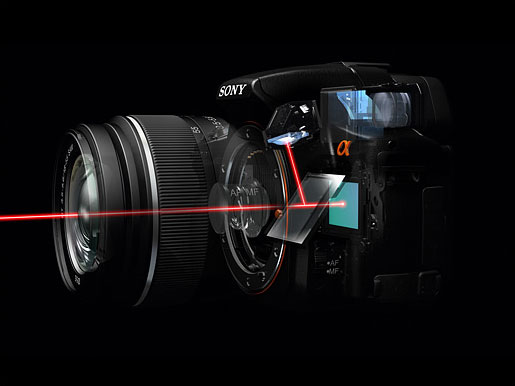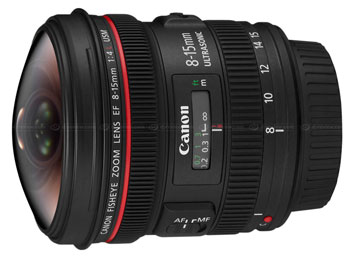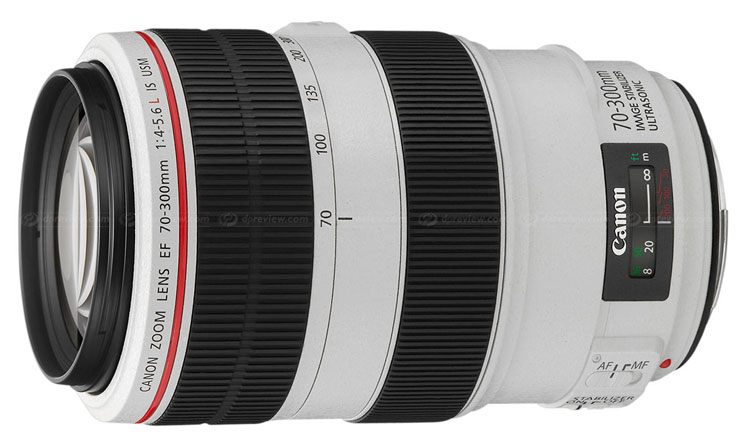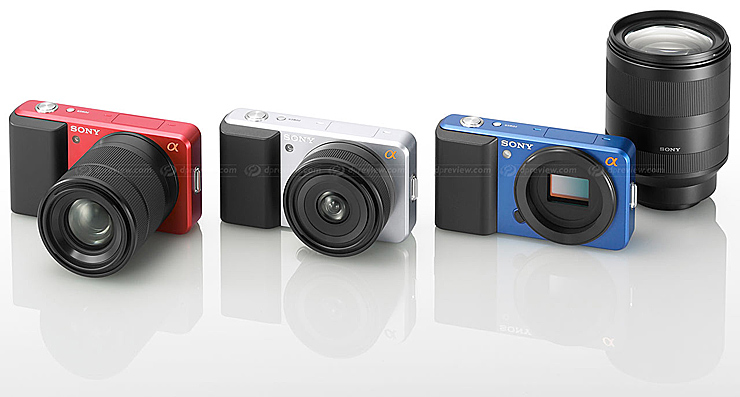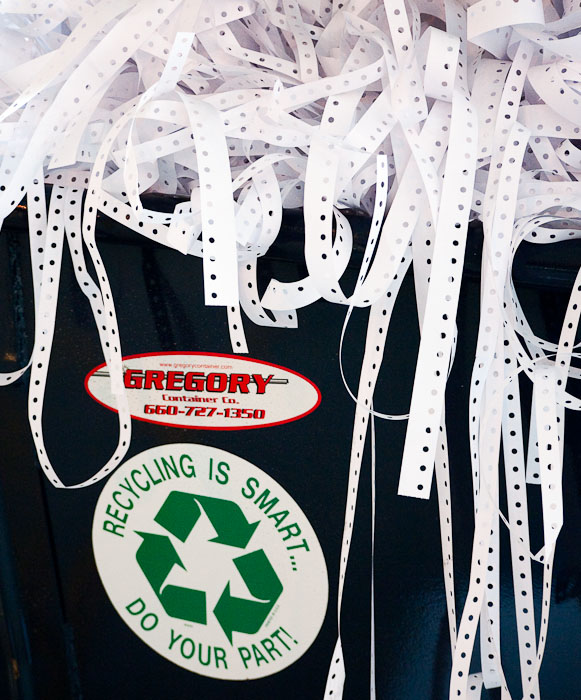Navigating the transition: Is it right for you?
While I have been active as a photographer in the Raleigh-Durham area for several years, I’ve allowed this blog to languish. I’ve jotted down several ideas over the years, but few have turned into writing. I’m keenly aware that in the interim, YouTube has become one of the dominant forces in communicating ideas. And I may begin creating content for that platform, but first I had to actually sit down and write something that wasn’t just another e-mail, quote for a job, or some other administrative task that all too often becomes the “main” reason for sitting in front of a screen. Sure, editing through photos happens, too, in-between sessions with Quickbooks! Also, life happens.
I can be a very technical photographer. I like to know about the latest tools. Some call what I do “gear acquisition syndrome” however I am also fanatic about selling gear that hasn’t worked for me / I no longer use to friends, on Craigslist, and on eBay.
This is something I began to write in September 2018. More than a year later, I think there are things that will help those trying to make decisions regarding the equipment they will take them on their own paths forward. Spoiler alert: I switched to Sony in March 2019. Furthermore, I do use affiliate links to certain gear. If you find my articles helpful, please consider making purchases via these links.
My greatest fault, and my strength, is that I am a passionate generalist. It’s a very expensive career path to be equipped for nature photography (wildlife and landscape), travel photography, wedding and event photography, studio portrait photography, and studio-on-location photography. It’s a tangled web, and it has made some of my equipment choices really difficult. Oh, and I did I mention I’ve shot Canon since the age of 10? I’m heavily invested in that system and currently debating abandoning some of these tools in favor of different ones. While I never spoke formal vows, the idea of leaving behind the system that ushered me into this crazy world of image-making feels like a trial separation that could lead to divorce all the same.
